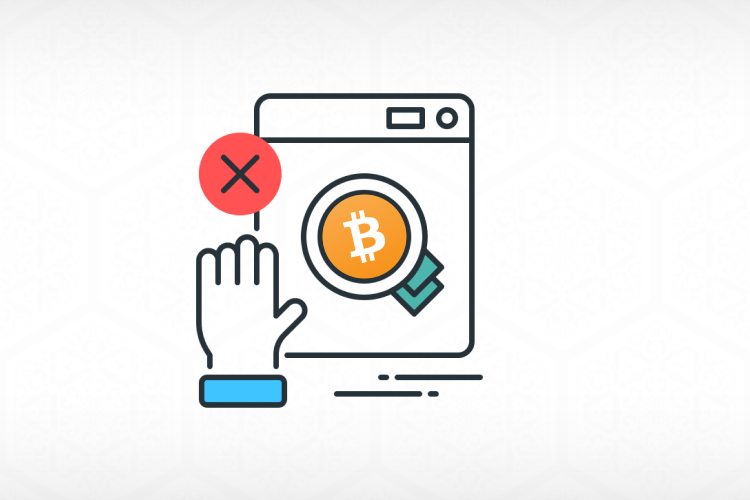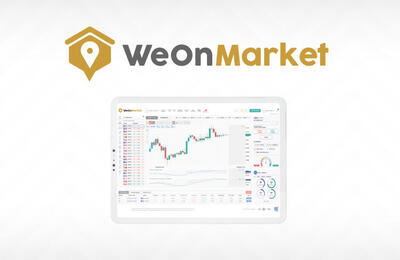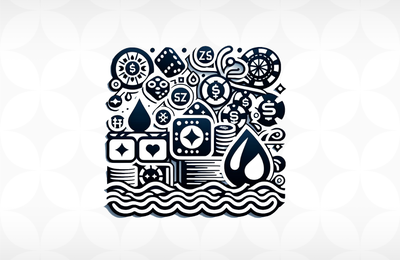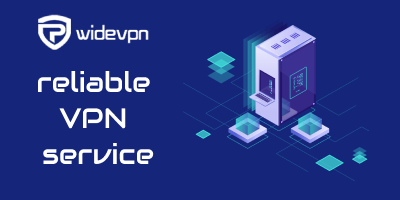
In today's fast-paced world, financial transactions whizz around the planet at an incredible speed. With such rapid financial activity, unfortunately, comes a darker side — financial crime, specifically, money laundering. The secret weapon used to combat this dark force? That's where AML screening steps in.
AML Screening: A First Line of Defence
Ever wondered what AML is? It's a cool acronym for Anti-Money Laundering, which includes a set of guidelines, procedures, and laws aimed at preventing the bad guys from making their illegally obtained money appear like legit income. The star player in this strategy is AML screening.
But, what's that all about? In layman's terms, AML screening is an exhaustive check on customers to ensure they are who they claim to be and that their financial activities are above board. Think of it as the TSA for your finances.
Let's bullet point this out to understand it better:
- Identity Verification: Who are you? The screening starts with establishing the customer's identity.
- Background Check: What's your story? The screening takes a deep dive into the customer's history.
- Financial Activity: What are you up to? The screening keeps a keen eye on all customer transactions.
If this makes you wonder why all this screening is necessary, here's the deal.
Unraveling the Need for AML Screening
Imagine looking for a needle in a haystack. Or, a specific grain on a sandy beach. That’s how tricky detecting money laundering without AML screening is. Money laundering isn't petty theft; it's a mega crime. We're talking about $800 billion to $2 trillion being laundered every year. Money circulates through various channels and systems, forming a convoluted web that's tough to untangle without the right arsenal. That’s where AML screening steps in.
AML Screening in Action
AML screening is like a Sherlock Holmes of the financial world. Methodical and astute. It starts with the Customer Identification Program (CIP), which, just like it sounds, ensures customers are who they say they are.
Next, is the Customer Due Diligence (CDD) process, examining where the customers' money comes from and the nature of their transactions. Based on their risk profile, high-risk customers may also go through Enhanced Due Diligence (EDD).
Then, like a hawk, there's ongoing monitoring, watching transactions in real-time for any red flags related to money laundering.
The Future is Here: AML Screening
As financial criminals smarten up, so does AML technology. With Artificial Intelligence and Machine Learning stepping into the game, AML screening systems are becoming more powerful. These technologies learn from past patterns, improving their ability to predict and catch future laundering activities.
Quick FAQ Section
What is AML screening?
AML screening is a process used by financial institutions to verify a customer's identity, background, and financial activities to prevent money laundering.
Why is AML screening important?
AML screening helps to detect and prevent money laundering activities, protecting financial institutions and the global financial system's integrity.
How does AML screening work?
AML screening works through a three-step process: identity verification, customer due diligence, and ongoing transaction monitoring.
Conclusion
AML screening isn't just a necessary process; it's an integral shield protecting our global financial system from illicit activities. It's not just about saving financial institutions; it's about ensuring our economic ecosystem doesn't become a playground for criminals. As technology evolves, this shield continues to strengthen and adapt, ready to face any challenge thrown its way.













